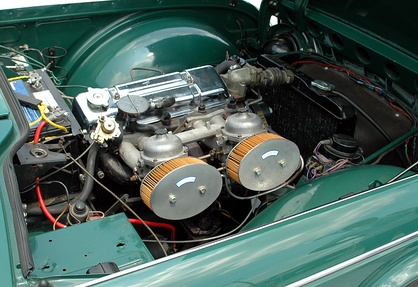
If your vehicle is experiencing excessive shaking and vibrations, this points to a serious problem. There could be multiple reasons for your engine vibration, some of which may signal inefficiencies or the impending failure of one or more of your engine's critical components. Knowing how to diagnose and, in some cases, repair engine knocking can help to save you time and money by avoiding costly mechanic's fees.
Plug in your OBD II (on-board diagnostics) scanner to your OBD II port, which is usually located near the steering column. Many models have the OBD II port on the left side of the under-console of the driver's side dash, near the door. If your car was manufactured prior to the 1994 production year, you may need to use an OBD I translator, which plugs into your OBD II scanner.
Turn on your scanner, which may require you to turn your car to the "Acc" position, and read the codes that appear. Use a manual that comes with the scanner to translate the codes.
Replace any sensors that come up in the OBD II scan. Multiple sensors work together in order to help fire and time the ignition process for the engine's combustion. The knock sensor particularly helps to sense the engine vibration patterns and regulate the timing in accordance, and may account for excessive engine vibration if the sensor is failed. You may need to remove several components and engine parts in order to access specific sensors, depending on your make, model and engine design. You may also need to raise your vehicle on car ramps in order to access the underside of the engine to remove and replace certain sensors.
Replace engine and transmission mounts if needed. This process can vary from vehicle to vehicle, however it usually involves using one or two floor jacks to support the weight of the engine while unbolting one or more engine mounts. Each engine mount also has its own insulator and rubber stopper materials, which are critical to the engine mount's functioning. Failed engine mounts do not necessarily lead to damaging other engine components and is not a fix critical to the proper functioning of your car engine.
Inspect your harmonic balancer, which is connected to the crankshaft via a drive belt and serves to reduce and absorb some of the vibrations caused by the crankshaft itself. Loosen and remove the drive belt by turning the belt tensioner bolt. Unbolt the harmonic balancer with a torque wrench and inspect the insulator component, which should be in good shape. Replace the harmonic balancer if the insulator is cracked or showing signs of wear and tear, or if it is missing.